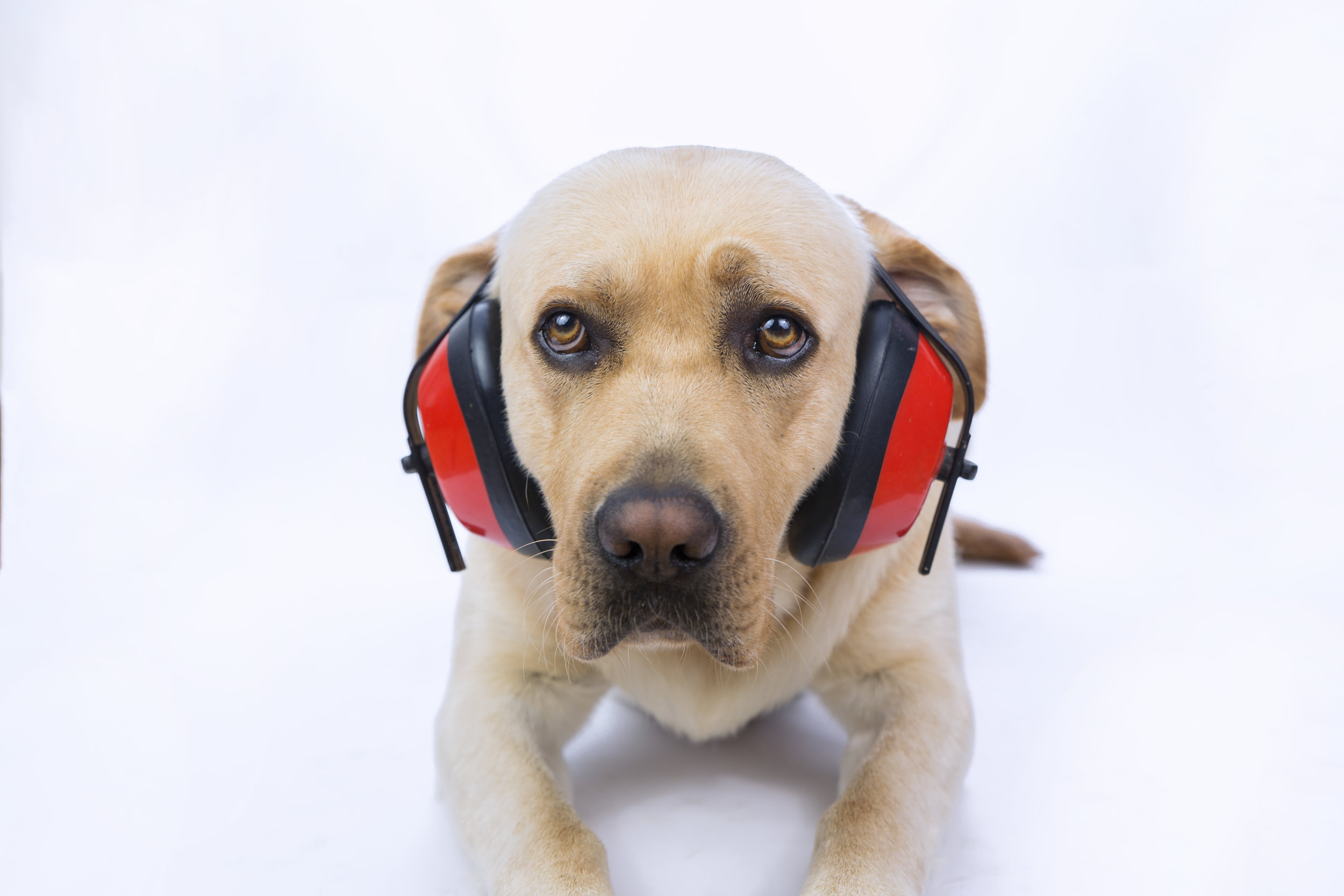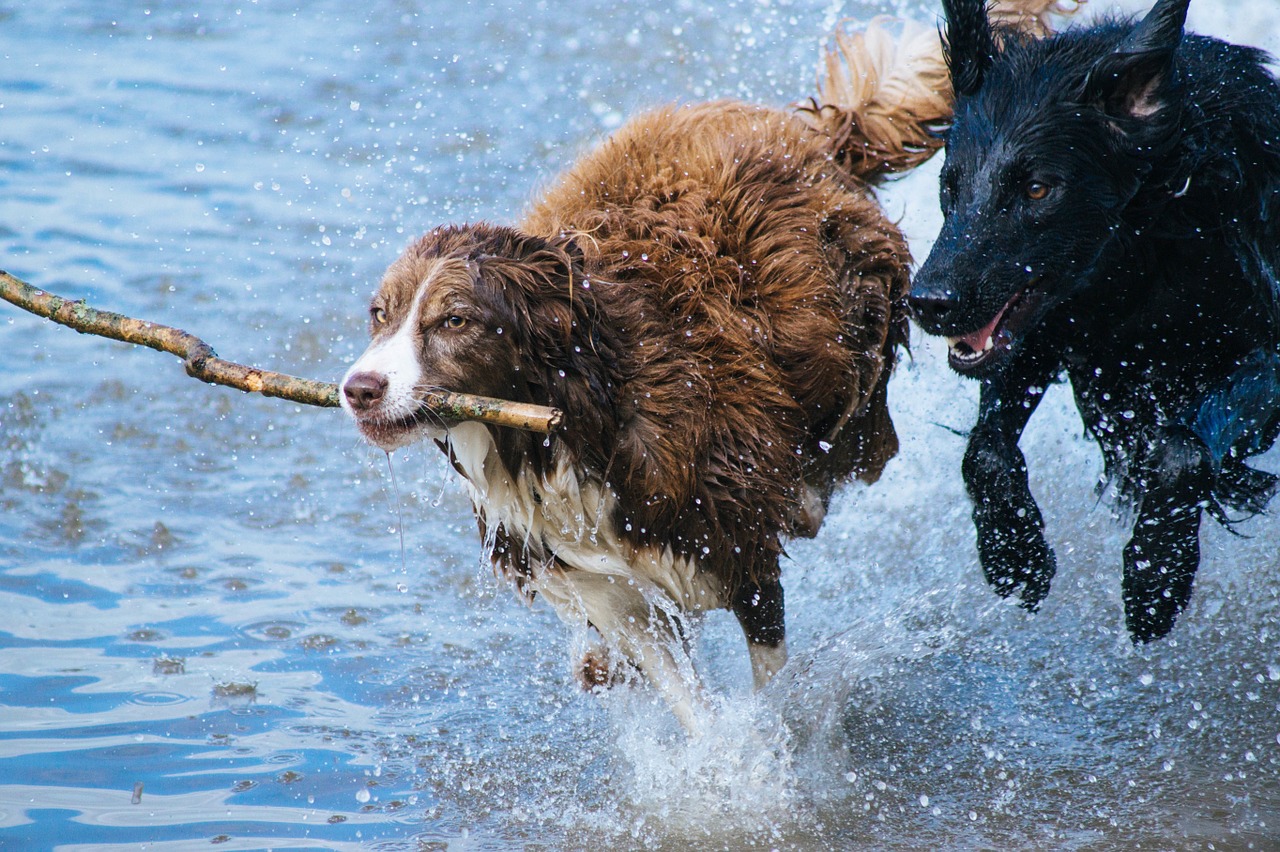July! One of the hottest months of the summer. We know it and love it as the month when we spend extra time splashing in the pool, fire up the grill, and head to the beach. It’s also one of the months when we celebrate a holiday with fireworks. Many pet parents have noticed that fireworks seem to start launching earlier and earlier in the season, and as such, they’ve had to calm down their nervous pets for longer.
For the month of July, we want to focus on the importance of microchipping your pets. Here are 3 reasons why microchipping is not only a good idea - it’s a necessity:
It could be a lifesaver in times of distress - like during fireworks season. Loud bangs, like thunder and fireworks, are enough to truly frighten a dog. Sometimes, in times of panic, your dog’s first reaction is to bolt, and if they run from your home while they’re not wearing a collar or ID, no one will know who they belong to. Microchips are a built-in identification that will be with your dog at all times and could save their life.
It’s as easy to get as a vaccination. Microchips aren’t as scary as they sound! They are administered to your dog the same way shots are, and don’t require a serious procedure. Often, animal shelters will microchip their animals before they go home with a new family, but it’s always a good idea to check with your vet to make sure your dog is properly identified.
It’s more effective than a collar and tag. Collars and tags are the traditional method of displaying your dog’s identification. But sometimes, especially with older collars or harnesses, they can be torn off or removed. Your dog’s microchip will be with them forever, and as long as you keep your account current, the vet can find your info to contact you if your dog gets out.
Microchipping is a quick and easy way to make sure your dog stays safe and happy, even in troubling events. This July, the month of fireworks, consider microchipping your dog if you haven’t already. We wish you a safe and happy 4th of July!





